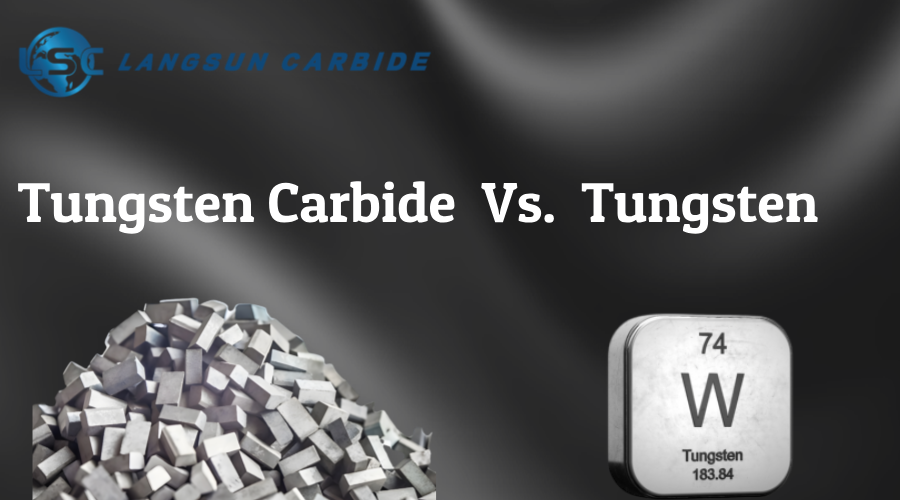When it comes to durable materials used in industrial applications, tungsten and tungsten carbide are often at the forefront of the discussion. Both materials have unique properties that make them highly valuable, but they serve different purposes depending on the specific requirements of a project or application. This article delves into the core differences between tungsten and tungsten carbide, while highlighting why tungsten carbide wear parts are often preferred.
Tungsten, known for its remarkable hardness and high melting point, is a chemical element with the symbol 'W' and atomic number 74. It is most commonly found in its ores, such as wolframite and scheelite. Tungsten's primary applications include the production of hard metals, electrical and electronic devices, and the creation of high-temperature resistant materials.
Tungsten carbide, on the other hand, is a chemical compound comprising equal parts of tungsten and carbon atoms. This combination results in a material that is significantly harder and more wear-resistant than pure tungsten, making it invaluable for a range of industrial applications. Tungsten carbide is typically created by combining tungsten powder with carbon at extremely high temperatures, producing a material that is unrivaled in its hardness and durability.
At the atomic level, tungsten carbide (WC) is a ceramic matrix composite comprising tungsten atoms bonded with carbon in a 1:1 ratio. This creates a hexagonal crystal structure (space group P6m2) fundamentally different from pure tungsten's body-centered cubic (BCC) lattice. Our X-ray diffraction analysis shows WC's crystalline density reaches 15.8g/cm³ versus 19.3g/cm³ for pure tungsten.
| Property | Pure Tungsten | Tungsten Carbide |
|---|---|---|
| Vickers Hardness (HV) | 300-400 | 1600-2400 |
| Fracture Toughness (MPa√m) | ~50 | 8-16 |
| Thermal Conductivity (W/m·K) | 173 | 110 |

While tungsten itself is an impressive material, tungsten carbide offers several advantages that make it more suitable for wear parts and other high-stress applications.
Our tungsten carbide wear parts demonstrate 10X better abrasion resistance in testing. The covalent WC bonds create a surface hardness of HV2200, compared to HV350 for hardened tool steel.
Through cobalt matrix engineering (6-16% Co content), we tailor:
Fracture resistance for mining drill bits
Corrosion resistance for marine components
Thermal stability for high-speed machining
In a 2023 field test with Canadian oil sands drilling:
Carbide wear parts lasted 1,872 operating hours vs 210 hours for tungsten
Replacement frequency reduced from weekly to quarterly
Downtime costs decreased by 68%